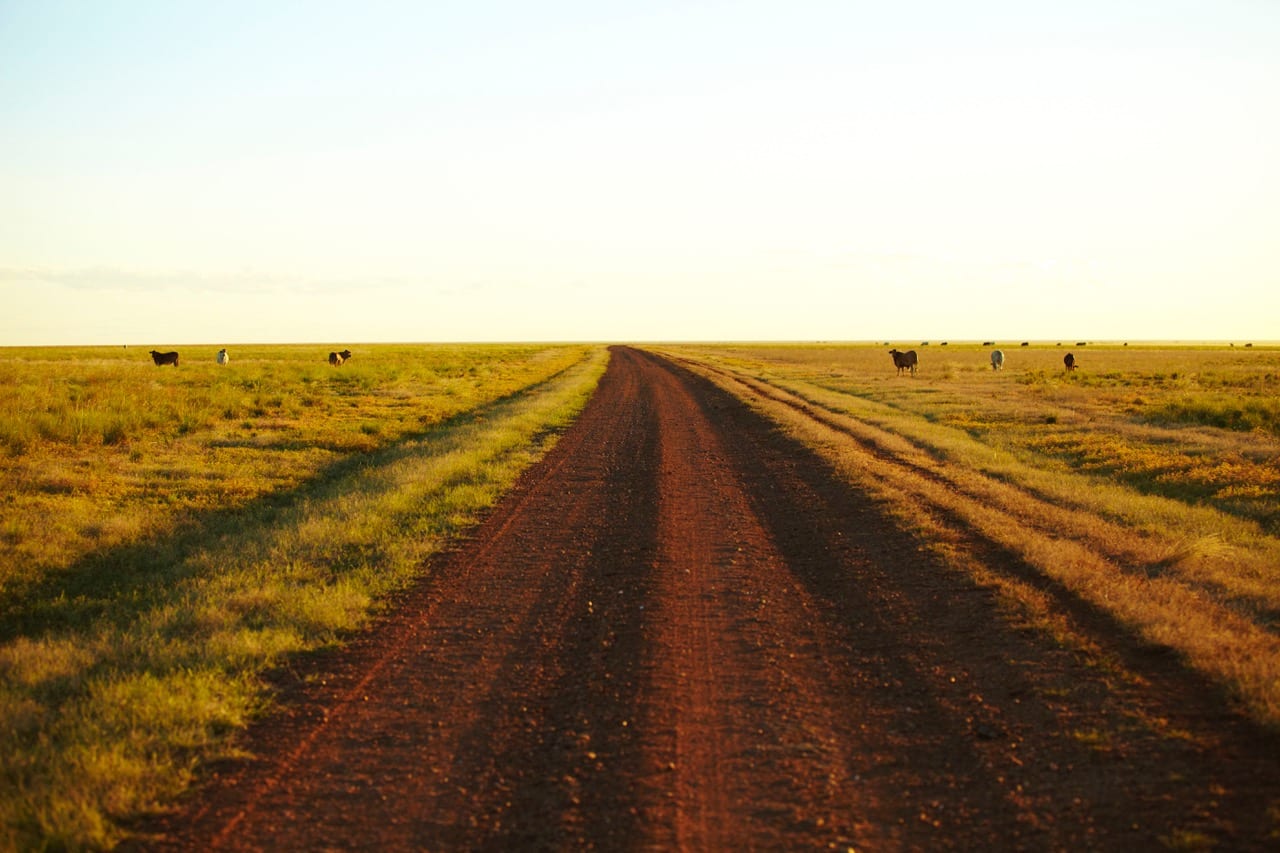
Rural Bank finds 13.5pc Aussie farmland price lift despite drought
Drought and bushfires across Australia have failed to dent a soaring buyer appetite for farmland.
In fact, last year the eastern states’ big dry actually helped fuel a 13.5 per cent jump in rural property’s median price.
That’s the biggest jump in six years of consecutive farm value growth, and firmly above the 10.7pc lift recorded in 2018.
Of the $8.7 billion in sales made last year, Western Australia topped the scoreboard in Rural Bank’s latest Australian Farmland Values report, with a 28.2pc rise, followed by South Australia (18.4pc), NSW (17.2pc), Victoria (12.1pc) and Tasmania (11.1pc).
Northern Territory median prices fell 54pc, but the previous year they had jumped 135.5pc.
The 2019 report, drawing on more than 7164 transactions involving 6.5 million hectares, showed Australian farmland values had averaged a resilient annual compound growth of more than 7.5pc in the past two decades.
While some past results and state trends had fluctuated noticeably in that period, including almost a 1pc fall in Queensland values last year, Rural Bank analysts tipped another solid national performance in 2020, regardless of the coronavirus impact on the local or international economy.
Demand to continue
Low interest rates, strong farm commodity prices and tight land supply would continue underpinning short term demand, even though the property market was likely to be tempered by current global economic disruption.
The report tipped 2020 values to grow, although “at a reduced national trend” when compared with recent years.
Rural Bank chief executive officer Alexandra Gartmann said the past 25 years had shown two clear long term themes in the farm sector market – higher values and fewer transactions.
“These are trends we expect to continue,” Ms Gartmann said.
“Last year was another of value growth in almost every state and territory, demonstrating not only the underlying strength of agriculture’s base asset in farmland, but of the sector overall.”
The bank’s chief operating officer Will Rayner said while land with consistent access to water or in good rainfall regions was in hot demand, recent useful seasonal breaks in many parts of the drought-parched eastern mixed farming and pastoral belt were likely to trigger fresh property listings and inquiry this year.
Landholders who deliberately held off selling in dry years could be now ready to market their farms because they were in a more presentable and profitable condition.
In fact, last year’s property transactions fell 13.2pc to their lowest point since the early 1990s, largely because there wasn’t enough land on offer and most active buyers were not interested in lower rainfall pastoral zones.
A run of fresh property listings would be welcomed across the sector, despite global unease about economic conditions.
Ready to buy
Mr Rayner believed many farm sector buyers had built up sound balance sheets and were ready to expand or move if opportunities arose.
“When it comes to making long term investments in rural land there’s often no direct correlation between buying activity and commodity prices – people buy when they can,” he said.
At the same time, however, he did not see much evidence of “distressed assets” being lined up for quick sales and the chance for multiple bargain buys.
“There are different levels of debt and cash flow in different areas, but we’re not seeing any forced sales among customers on our books,” he said.
Key factors likely to drive continued farmland market growth included neighbours eager to buy adjoining farms so they could expand easily to improve their economies of scale and management efficiency – even if it meant paying a price premium to get the land they desired.
The low cost of debt at current lending rates was also encouraging investors to expand, or pay more competitive prices for land which could be converted for more intensive production uses, such as horticulture or irrigated cropping.
“Buyers are increasingly aware there’s a shortage of arable land globally, especially land with secure water availability,” Mr Rayner said.
State trends
Highlighting that fact in Queensland, where drought cut transaction activity 8pc to an eight-year low of 1586 deals and the median price sank 0.8pc, Rural Bank’s eastern Australian sales manager Jonothan Hewitt said there were still many record prices at local level, with properties highly sort after if they had exceptional improvements and water security.
In NSW, where transaction numbers sank to 25-year lows to total $3.1b, Mr Hewitt said the reliable properties which did go to market met solid demand, with southern grazing land in high demand because of favourable sheep and cattle prices and limited listing choices.
SA farmland values responded to rising interstate buyer inquiry and demand from farmers seeking to expand and diversify into new geographies, with particular interest on the state’s more reliable feed supplies in the South East.
Median prices in SA have jumped by almost 68pc in the past four years.
WA’s near 30pc rise in median land prices for 701 transactions in 2019 followed a 4pc lift in 2018, reflecting recent average to above average growing seasons, high cereal prices and historically cheap interest rates, said Rural Bank’s western sales head, James Robinson.
“For the coming year we expect WA values will continue to follow the current 20-year compound annual growth rate trend.”